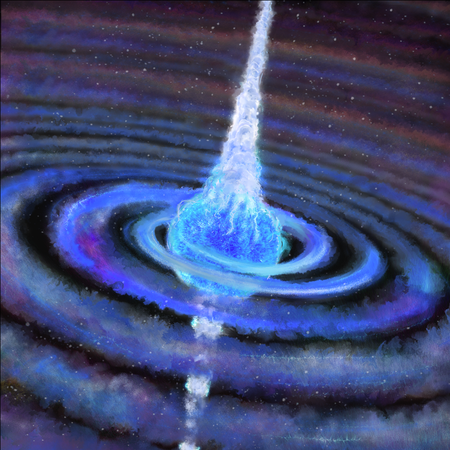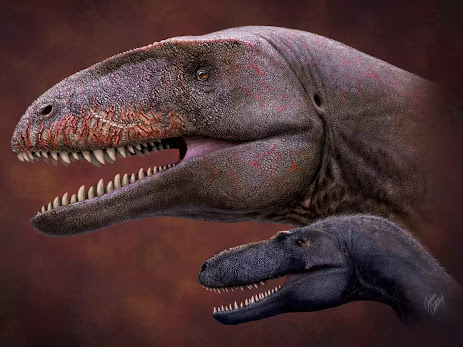Wed., September 8, 2021,

OTTAWA — The time has come for Liberal Leader Justin Trudeau to start taking the protests dogging his campaign a little more seriously, a security expert and a member of an anti-hate group say.
While they don't think the threat has reached the level where he needs an American-style secret service bubble to protect him, they say the rising displays of anger dictate that he takes more precautions.
Trudeau's campaign has been repeatedly stalked by vocal groups of protesters — he has called them "anti-vaxxermobs" — that have shouted racist and misogynist slurs at his security detail while hurling obscenities and, in some cases, death threats at the Liberal leader.
The seriousness of the disruptions escalated noticeably on Monday when dozens of protesters, some carrying signs criticizing COVID-19 vaccines and lockdowns, surrounded Trudeau's campaign bus in London, Ont., and threw a handful of gravel at him.
The RCMP declined to comment on what extra precautions they might be talking, beyond saying they constantly review their safety measures.
But a retired RCMP officer who served in the protection details of former prime ministers says Trudeau needs to reconsider the political gain of doing such events, because the next time he could face something more dangerous than gravel.
"Next time, maybe it'll be something harder, or pointier or hotter, and these things have a tendency to ramp up, particularly when you're dealing with people now who are under this long-term stress of having been locked up due to COVID," says Mathers, the founder of an international security consultancy.
"We all have friends that we thought were normal, and we see now that they're perhaps not so much. And these are the kinds of people that are coming out."
Mathers' previous protection assignments included serving on the security detail of Brian Mulroney in the 1980s when the then-prime minister sparked angry protests by showing friendship to American president Ronald Reagan. Mathers was in the Quebec City hotel when the two leaders sang "When Irish Eyes Are Smiling" as angry protesters slammed metal barricades outside.
Mathers dismisses some pundits who have opined that Canada needs to adopt a harder security line akin to the U.S. Secret Service. He says comparing the protection requirements of an American president to a Canadian prime minister is "apples to oranges."
Mathers says he knows his ex-colleagues are taking the threats extremely seriously today and are dealing with a client — Trudeau — who is also heeding their advice quite closely.
"My friends who protect the PM did say one thing about him — he always stays in the box, which is in the square of bodyguards, unlike some of the other prime ministers," Mathers says.
Evan Balgord, the executive director of the Canadian Anti-Hate Network, says it is possible that some of those following Trudeau could be fantasizing about using violence against their perceived enemies.
 |
| PM TRUDEAU HATED EVEN THEN BY THE RIGHT |
In their view, those would include Trudeau and public health officials who they blame for the COVID-19 lockdowns,he adds.
Balgord says the groups that have been stalking Trudeau's campaign across the country are organized and believe in conspiracy theories around COVID-19 pandemic.
"I am actually a little bit surprised that more precautions haven't been taken by the prime minister's entourage in particular, to try to keep him safe," Balgord said.
"An unstable person in that environment might take it upon themselves to act out on everybody's shared fantasy of killing the prime minister."
Balgord describes the groups that have been protesting against Trudeau as a "violent insurrectionist movement" that doesn't believe in democracy or in science.
Although the anti-lockdowns movement is "loose" and includes many who are not members of hate groups, it still contains many extreme far-right groups, he says.
He says these groups are organizing their protests in chats groups that his organization monitors on Facebook and Telegram, which allows far-right activists to try to further radicalize those who believe in COVID-19 conspiracy theories. He says they are spreading racist and anti-LGBTQ messages.
Mathers says Trudeau's security detail is also trying to track hostile movements in cyberspace, but the challenges there are growing as more people turn to encrypted apps to cover their tracks.
But he also says the protesters are not as sophisticated as some fear, noting they are getting their information from social media.
"Some people fall victim to their more basic desires, and urges," he said.
This report by The Canadian Press was first published Sept. 8, 2021.
Mike Blanchfield and Maan Alhmidi, The Canadian Press

















